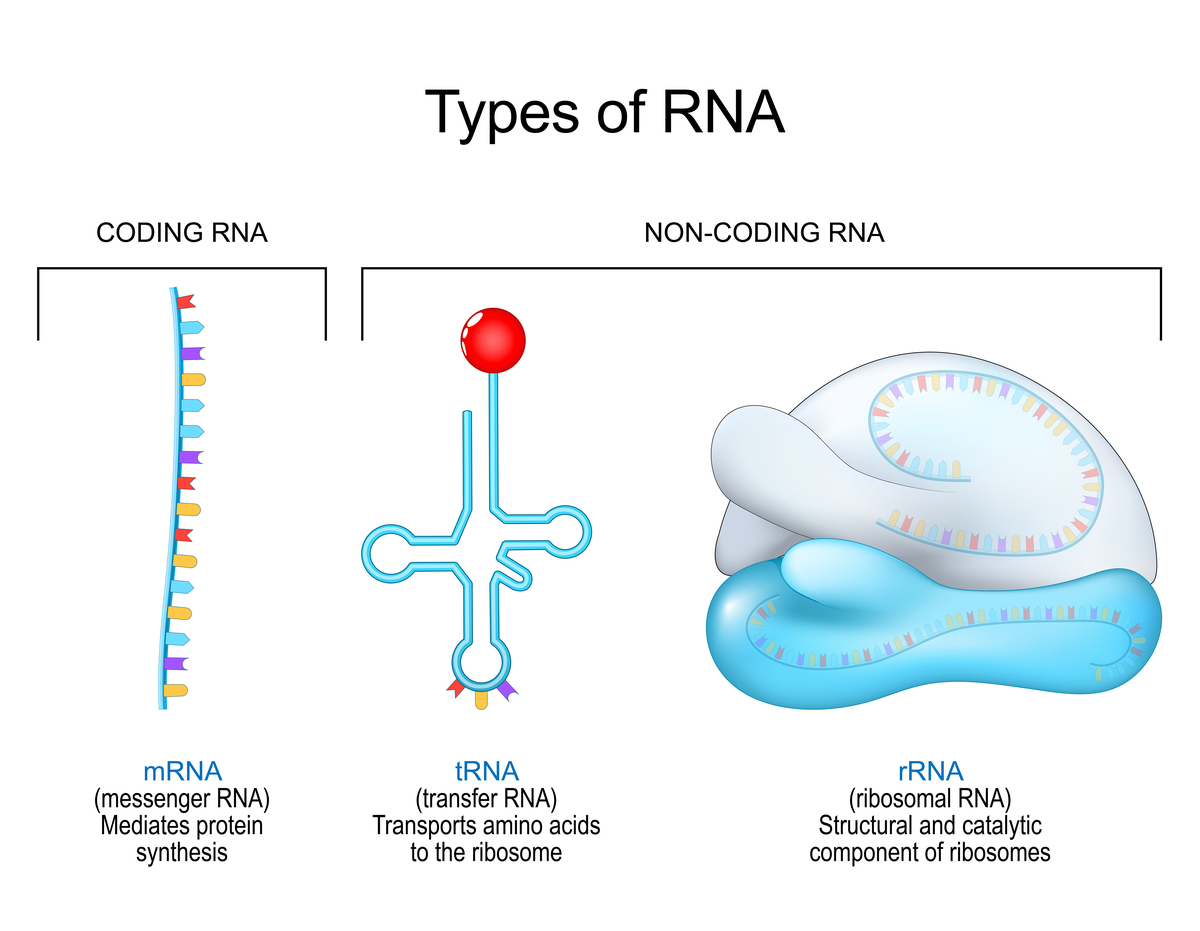将下面中文翻译为英文目的:肝癌是全球重大的公共卫生挑战之一高居我国癌症发病率第5位死亡率第2位其中肝细胞癌Hepatocellular carcinomaHCC是最主要的组织类型。针对HCC的发生发展机制、诊断及预后指标的研究具有重要意义。选择性启动子Alternative promoterAP是一种转录前调节通过不同的转录起始位点可在基因表达不变的情况下产生不同mRNA进而翻译为功能不同的蛋白质
Objective: Liver cancer is one of the major public health challenges globally, ranking 5th in cancer incidence and 2nd in mortality rate in China. Hepatocellular carcinoma (HCC) is the most common histological type. Research on the mechanisms, diagnosis, and prognostic indicators of HCC is of great significance. Alternative promoters (APs) are a type of transcriptional regulation that can produce different mRNA and translate into different protein isoforms with different functions through different transcription start sites. Therefore, APs play an important role in the development of tumors. Currently, research on the role of APs in HCC is limited, and the potential mechanisms regulating AP activity are still unclear. Abnormal DNA methylation in the promoter region is an important epigenetic change in tumors and may be a key factor in promoter regulation. Therefore, this study aims to analyze the changes in promoter activity in HCC, elucidate the effect of DNA methylation on AP activity in HCC, explore the application of methylation-regulated APs (mrAPs) in the diagnosis and prognosis evaluation of HCC, screen potential targets for regulating HCC progression, and further validate them experimentally.
Methods: Firstly, based on RNA-seq data from 19 pairs of HCC and normal liver tissues, gene expression levels and promoter activity were calculated. Differential expression analysis was performed to identify selective promoters with significant changes in activity while maintaining gene expression. Then, mrAPs were selected based on the correlation between promoter activity and DNA methylation status, and a diagnostic model was constructed using LASSO regression to identify mrAPs closely associated with liver cancer. Kaplan-Meier analysis was conducted to analyze the methylation status of mrAPs. The intersection of mrAPs obtained from HCC cell line HepG2 analysis and mrAPs obtained from HCC tissue analysis was used to select ARAP1 as the target for further research. Finally, RT-qPCR and BSP were used to validate the transcriptional expression and DNA methylation levels of ARAP1 selective promoter in HepG2. CRISPR-dCas9-Tet1CD was used to regulate the DNA methylation levels of the ARAP1 promoter region. Stable transfected HepG2 cell lines were established using shRNA and lentiviral overexpression system. CCK8 assay was performed to detect cell proliferation, Transwell assay was used to detect cell migration and invasion, and Annexin V/PI double staining was used to detect cell apoptosis.
Results:
- Compared to normal liver tissues, there were 6486 upregulated promoter activities and 9563 downregulated promoter activities in HCC tissues, and the differential regulation of promoter activities could significantly distinguish tumors from normal samples.
- A total of 855 APs were identified to be significantly enriched in tumor-related pathways, including 79 confirmed tumor-related genes such as RASSF1, MET, and RARA.
- Pearson correlation analysis showed a significant negative correlation between changes in promoter activity and DNA methylation levels in APs (R = -0.29, p-value = 0.00093).
- The diagnostic model constructed using LASSO regression showed good diagnostic performance in multiple validation datasets (AUC = 0.97).
- Analysis of TCGA-LIHC data showed that 83.6% of mrAPs had prognostic value based on methylation levels.
- RNA-seq and WGBS validation in paired samples showed that 85.6% of promoter activity changes and 92.3% of methylation level changes were consistent, and there was a negative correlation between the two.
- ARAP1 was selected as the target for further research, as it had both upregulated (prmtr.61501) and downregulated (prmtr.61499) promoter activities with prognostic effects in different promoters. RT-qPCR results showed that the expression of the ARAP1-L transcript isoform corresponding to prmtr.61501 increased in HepG2 compared to normal liver cell line THLE2, while the expression of the ARAP1-S transcript isoform corresponding to prmtr.61499 decreased. BSP results showed that ARAP1-S was highly methylated in HepG2, while ARAP1-L had a wider DNA hypomethylation valley.
- Targeted methylation editing of the ARAP1-S promoter region in HepG2 using CRISPR-dCas9-Tet1CD significantly increased the transcriptional expression of ARAP1-S.
- Overexpression of ARAP1-S significantly inhibited cell migration and invasion in HepG2, while overexpression of ARAP1-L promoted cell migration and invasion.
Conclusion:
- Promoter activity is significantly effective in distinguishing tumors from normal samples in HCC.
- Changes in promoter activity are significantly negatively correlated with changes in DNA methylation levels in HCC.
- Selective promoters and their methylation levels have important diagnostic and prognostic value in HCC.
- The promoter activity of ARAP1 is regulated by DNA methylation levels in HCC.
- The selective promoter of ARAP1 can regulate the production of different transcripts and have opposite effects on cell migration and invasion in HCC.
Keywords: hepatocellular carcinoma; alternative promoter; DNA methylation; epigenetic editing; ARAP1

原文地址: https://www.cveoy.top/t/topic/hVzU 著作权归作者所有。请勿转载和采集!